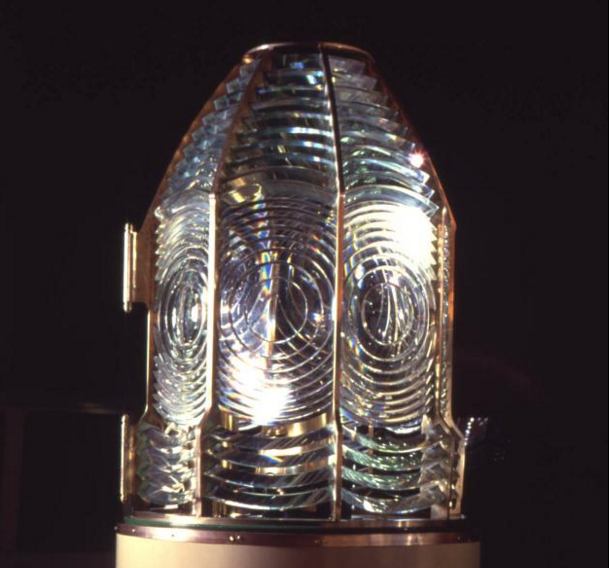As COVID-19 deaths spiked in 2020, Suzanne Firstenberg’s public art installation "In America: How could this happen…"
History Explorer Results (11)
Related Books (0)

Grade Range:
K-12
Resource Type(s):
Artifacts, Primary Sources
Date Posted:
9/3/2020
Many immigrants sought to preserve their cultural heritage while at the same time embracing their new identity as Americans. Manfred Anson did so in designing this Hanukkah lamp to mark the centennial of the Statue of Liberty in 1986. Anson, who escaped Nazi Germany as a teenager, later reunited wit

Grade Range:
K-12
Resource Type(s):
Artifacts
Date Posted:
4/7/2016
This cotton miner’s cap has a leather brim with a leather lamp bracket holding a carbide lamp. A small union pin that reads “United Mine Works of America 2 1934, Working Button” is attached to the side of the cap. Before head protection became mandatory in industrial workplaces, miner’s c

Grade Range:
K-12
Resource Type(s):
Artifacts
Date Posted:
4/7/2016
Invention rarely stops when the inventor introduces a new device. Thomas A. Edison and his team worked to improve his electric lighting system for some years after the initial introduction in 1880. This lamp shows the changes made after six years of labor aimed at lowering costs and increasing pr

Grade Range:
K-12
Resource Type(s):
Artifacts
Date Posted:
4/4/2016
Most incandescent lamps were designed for general use in homes and businesses. However, some required special features for use in particular locations. Westinghouse engineers designed this so-called mill lamp for use in factories and other areas subject to high levels of vibration. An intricate i

Grade Range:
K-12
Resource Type(s):
Artifacts
Date Posted:
3/28/2016
John H. Irwin received patent number 35,158 on May 6, 1862, of this design of a coil oil lamp. Irwin’s lamp was designed for coal oils and other similar hydrocarbons (such as kerosene) which volatilized at low temperatures and required an excess of oxygen to support illumination. The excess of

Grade Range:
5-12
Resource Type(s):
Reference Materials
Date Posted:
9/4/2013
Between the years 1790 and 1880 the U.S. Patent Office required both documentation and a three-dimensional working model to demonstrate each new invention submitted for a patent. The models helped to explain proposed innovations and compare them against similar inventions. In this online exhibiti

Grade Range:
K-12
Resource Type(s):
Artifacts, Primary Sources
Date Posted:
3/27/2012
In the early nineteenth century, lighthouses in the United States were considered inferior to those in France and England. American mariners complained about the quality of the light emanating from local lighthouse towers, arguing that European lighthouses were more effective at shining bright be

Grade Range:
K-12
Resource Type(s):
Artifacts, Primary Sources
Date Posted:
2/2/2012
Thomas Edison used this carbon-filament bulb in the first public demonstration of his most famous invention, the first practical electric incandescent lamp, which took place at his Menlo Park, New Jersey, laboratory on New Year's Eve, 1879.
As the quintessential American inventor-hero,

Grade Range:
5-12
Resource Type(s):
Reference Materials
Date Posted:
10/11/2009
Students will learn about Thomas Edison's life in the years after he had become one of the most famous men in the world. At the age of 40, with major inventions behind him, Edison faced a new technical world, which he had helped to create, and the challenge of competing with his ow

Grade Range:
5-12
Resource Type(s):
Reference Materials
Date Posted:
10/11/2009
Explore the process of invention and compare Thomas Edison's well-known work on the electric light bulb a century ago with several modern lighting inventions with this online activity. This resource looks at the process of innovation through a sequence of five steps: prec









